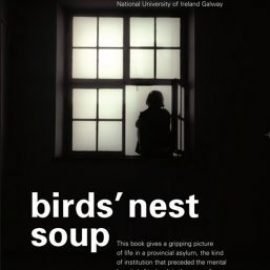The discovery of oil in Saudi Arabia led to a relationship between the Saudis and Americans that made all the sense in the world and, at the same time, no sense at all. Economically, it was a dynamic and effective model. The Americans were able to purchase more oil as car ownership in the United States escalated throughout the 20th century, meanwhile the Saudis were able to take that money and use it to buy all the latest products and technology from the Americans and transform their country from a pre-industrial kingdom a bustling modern civilization (complete, today, with Starbucks, McDonalds, and shopping malls). Making all this happen, however, meant situating thousands of American civilians in a country in which they simply did not fit.
Veteran Middle East scholar and journalist Thomas Lippman’s Inside the Mirage examines the 70-year history of the Saudi-American relationship. While he touches on the troubling issues that came to light after the events of 9/11, Lippman’s exploration of the quasi-suburban world inhabited by American employees and their families proves most fascinating. Many Americans profiled seem to have been transported out of an old episode of Leave it to Beaver and dropped, in tact, in the middle of a desert nation, dwelling in cordoned off communities and having little contact with the Saudis outside of what was professionally necessary.
Cultural and religious differences provide stark contrast between the Americans and the fundamental form of Islam practiced by the Saudi royal family and prevalent throughout the kingdom. These differences combined with the inherent pressures of great wealth and big business to form a relationship that is vitally important to both countries but that was tenuous to begin with and, as Lippman explains has remained so ever since. –John Moe –This text refers to an out of print or unavailable edition of this title.
Inside The Mirage: America’s Fragile Partnership with Saudi Arabia
 العربية (Arabic)
العربية (Arabic) العربية (Arabic)
العربية (Arabic) English
English 




